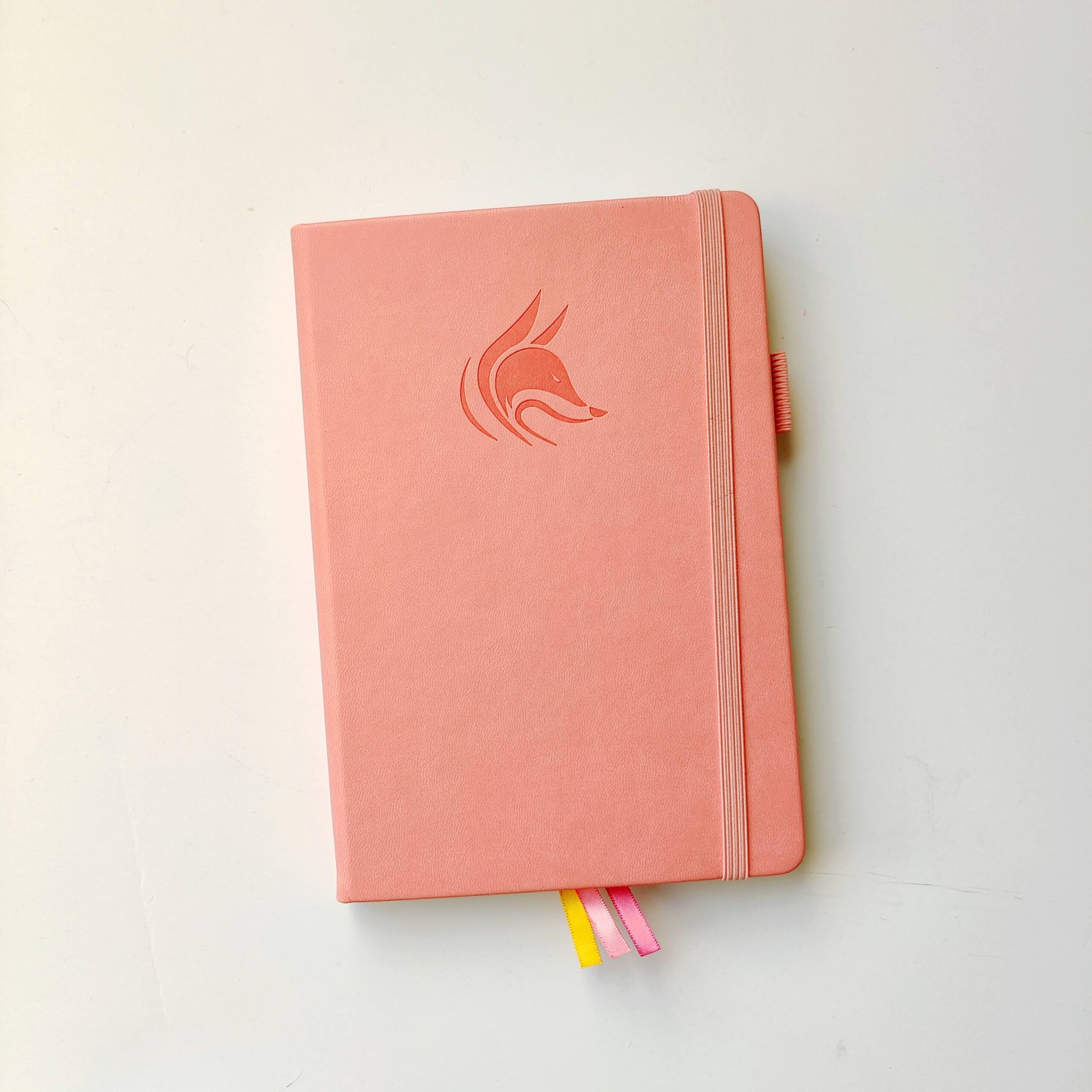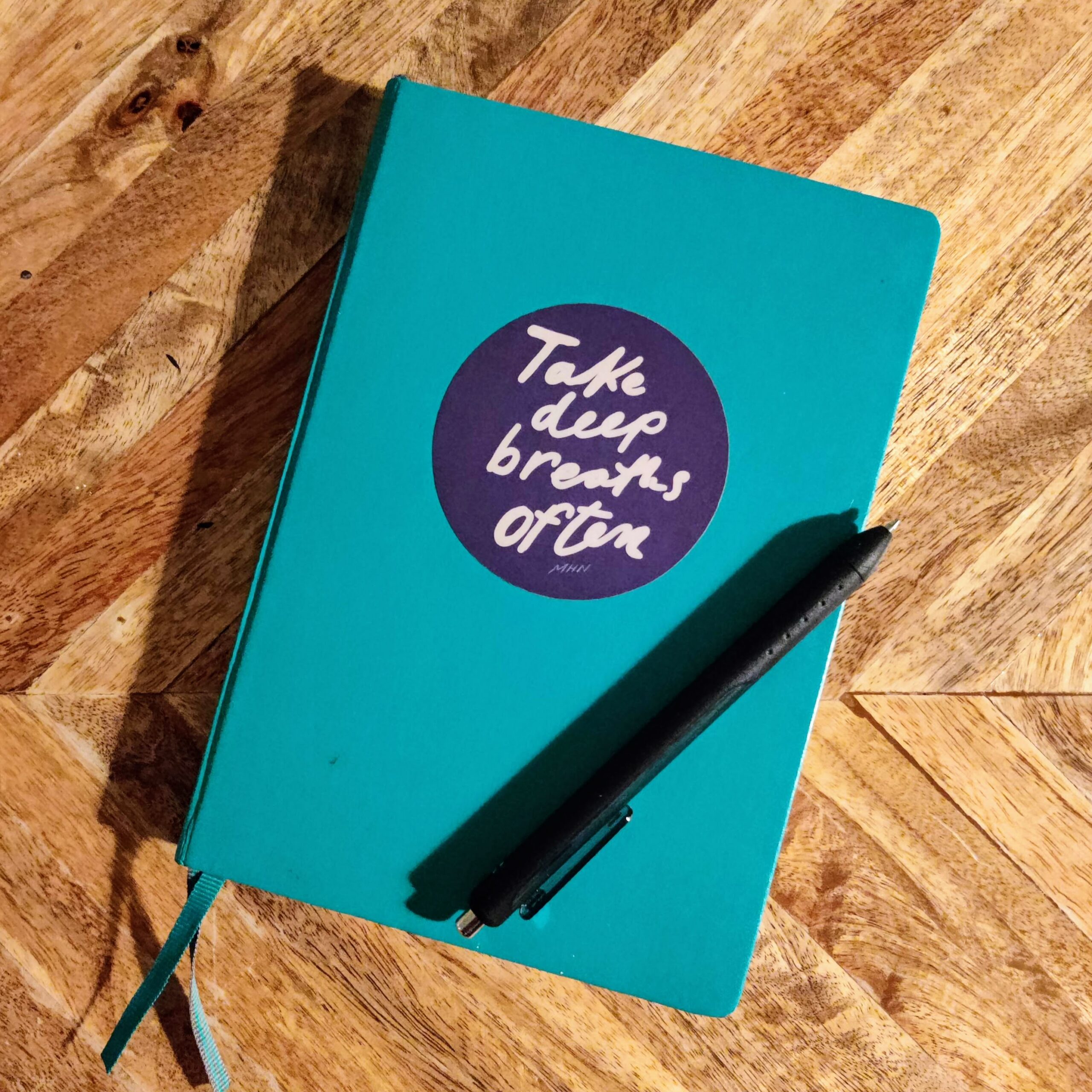This website uses cookies so that we can provide you with the best user experience possible. Cookie information is stored in your browser and performs functions such as recognising you when you return to our website and helping our team to understand which sections of the website you find most interesting and useful.
Tag: commonplace book
-

Proof of Life
•
As 2023 approaches, I am reflecting on the past and planning for the future. It’s my favorite part of winter: How did I grow? What do I hope for in the coming year? What is most important to me? In addition to my art journal, I primarily use three kinds…
-

Commonplace Books
•
Somehow I’ve made it this many years before ever hearing about commonplace books. You, too? Commonplace books seem to be, generally, a written collection of the things that attract your attention and pique your interest — a more right-brained version of an art journal, I suppose. The actual definition is…

